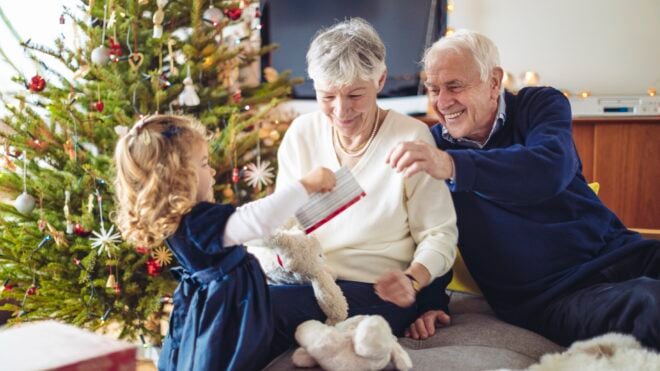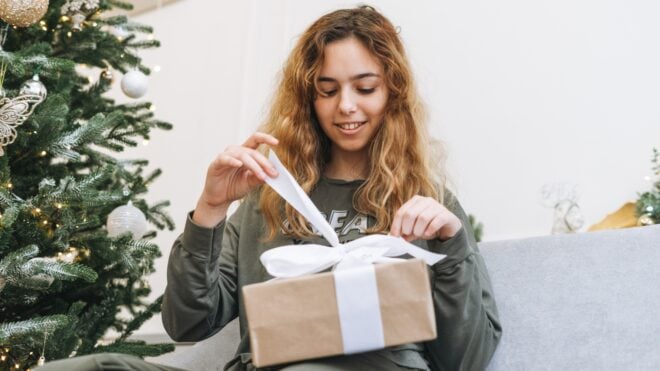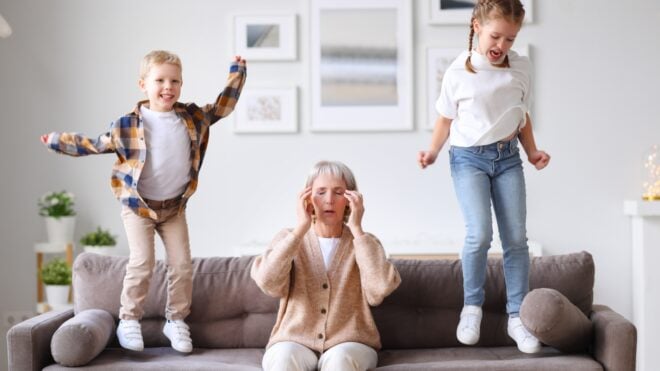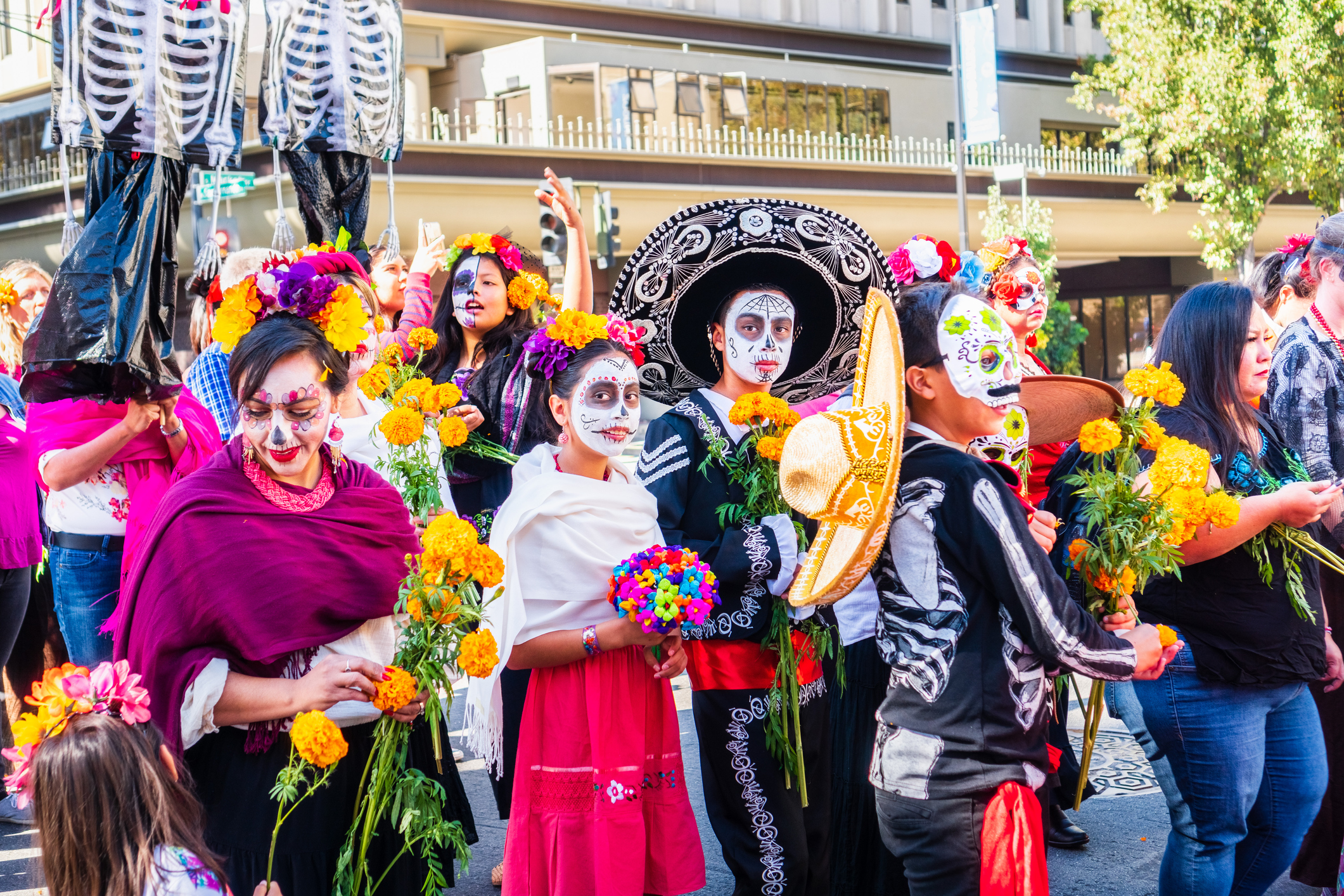
In this article
Many people tend to associate Día de Los Muertos with the spooky festivities of Halloween. While both annual events occur around the same time of the year and deal with ornate decorations, death and skulls, the two are vastly different in many other ways. Once you learn the Día de Los Muertos history and traditions, you’ll have a deep appreciation of the Mexican holiday.
*Día de Los Muertos history
What is Día de Los Muertos?

In Spanish, Día de Los Muertos means Day of the Dead. Across Mexico, Latin America and other places with a large Mexican community, people honor their deceased loved ones. According to Día de Los Muertos history, it’s believed that the gates of heaven open on the first day for 24 hours so the spirits of the deceased can reunite with their families and friends.
Día de Los Muertos is believed to have started in Mexico and Central America as far back as 3,000 years ago. What resulted is a fusion of Aztec harvest celebrations and Spanish Catholic beliefs, like All Souls’ Day.
For many people, it’s a time to reconnect with their culture, heritage and family roots. “I think it’s important to teach my children about Día de los Muertos because I want them to have an understanding of their own ethnic heritage, and I want to instill a sense of pride in their culture,” Denise Cortes wrote for Mom.com. “We make the conscious effort to remember our loved ones who were very important parts of our lives and have passed on.”
When is Día de Los Muertos?
Typically a two-day celebration, this year, Día de Los Muertos will land on November 1 and 2.
What are some Día de Los Muertos traditions?

It’s nearly impossible to ignore the bright and elaborate Día de Los Muertos traditions. With music, food and drinks, they’re often full of life. Even though the theme of the event is death, it’s not about being somber about a lost loved one, it’s about focusing on the good. Here are some traditional Día de Los Muertos activities:
Make altars
Altars, or ofrendas, are the center of Día de Los Muertos traditions, and are placed in the house or the gravesite. People gather to eat at the site, present offerings, tell stories and play music. The altars are decorated with pitchers of water, candles, photographs, paper banners, foods, marigolds, toys and iconic sugar skulls, or calaveras.
Eat traditional foods
As far as Día de Los Muertos food and drink goes, many people eat pan de meurto, or bread of the dead, that’s arranged in a circle to represent the circle of life. People also make their deceased relative’s favorite food as an offering. They will also drink pulque, a fermented beverage made of agave sap, and the warm and cinnamony atole that’s similar to hot chocolate.
Make sugar skulls
Made of sugar and icing and highly detailed, sugar skulls are derived from a skeleton drawing from cartoonist José Guadalupe Posada in the 1900s that has political and cultural significance. The skeleton even has a name—La Calavera Catrina. People love getting dressed up as La Catrina in Día de Los Muertos costumes for parades and celebrations out on the streets by adorning sugar skull face paint with flower headbands and traditional Mexican garb.
How to honor Día de Los Muertos in a culturally sensitive way — virtually and in person
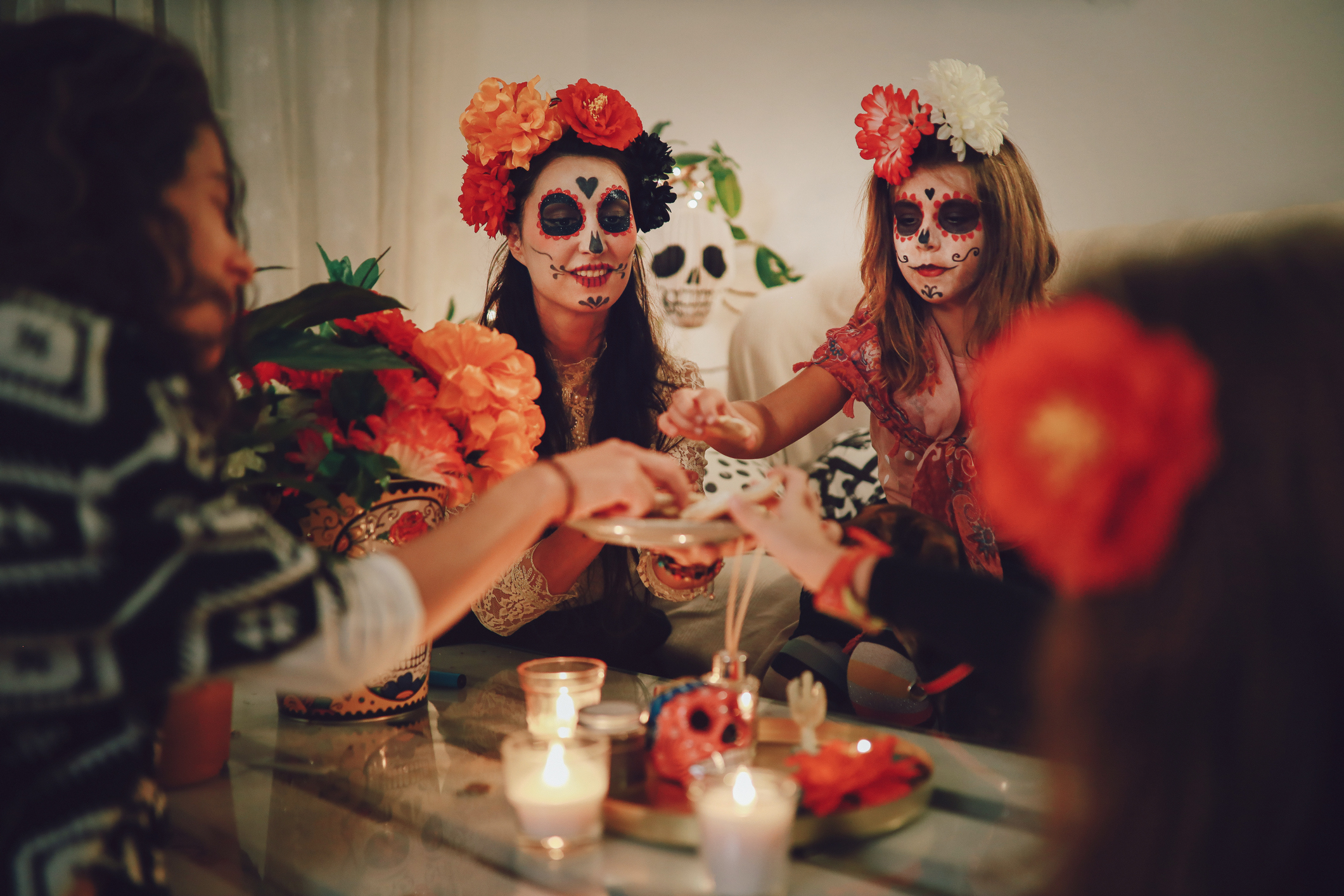
How can adults and kids honor Día de Los Muertos in a culturally sensitive way — virtually and in person — if you don’t identify as Mexican?
“Day of the Dead is about celebrating your deceased loved ones,” Judith Bautista, an artist who specializes in sugar skull face-painting, told Refinery29. “This is a topic that can be relatable to anybody. It’s not about being exclusive. Those who wish to partake just have to do so with respect and knowledge.”
1. Support Latinx businesses so you’re giving back to that community. If you want to buy a sugar skull for your home, be sure to do your research and go to a Latinx artisan. Or you can get takeout from a family-owned Mexican restaurant.
2. Honor your own loved ones. Make an altar adorned with their favorite foods and photographs. Take the day to celebrate your own deceased loved ones by gathering with others to share stories and favorite memories of the person. For a COVID-friendly gathering, make it outside and socially distance — or consider a virtual Zoom get-together.
3. Bake your own pan de meurto. For a COVID-safe activity, grab the kids and try your hand at baking the sweet yeast bread at home in your kitchen.
4. Attend a virtual Día de Los Muertos event. Look up to see what celebrations are happening in your city and their COVID precautions.
5. Watch movies and read to learn about Latin culture, such as the movie Coco. Learn about the history of Spanish colonization in Mexico and how that influenced the indigenous people and the culture we see today. Use the event as a chance to learn and engage with Mexican history and culture.

